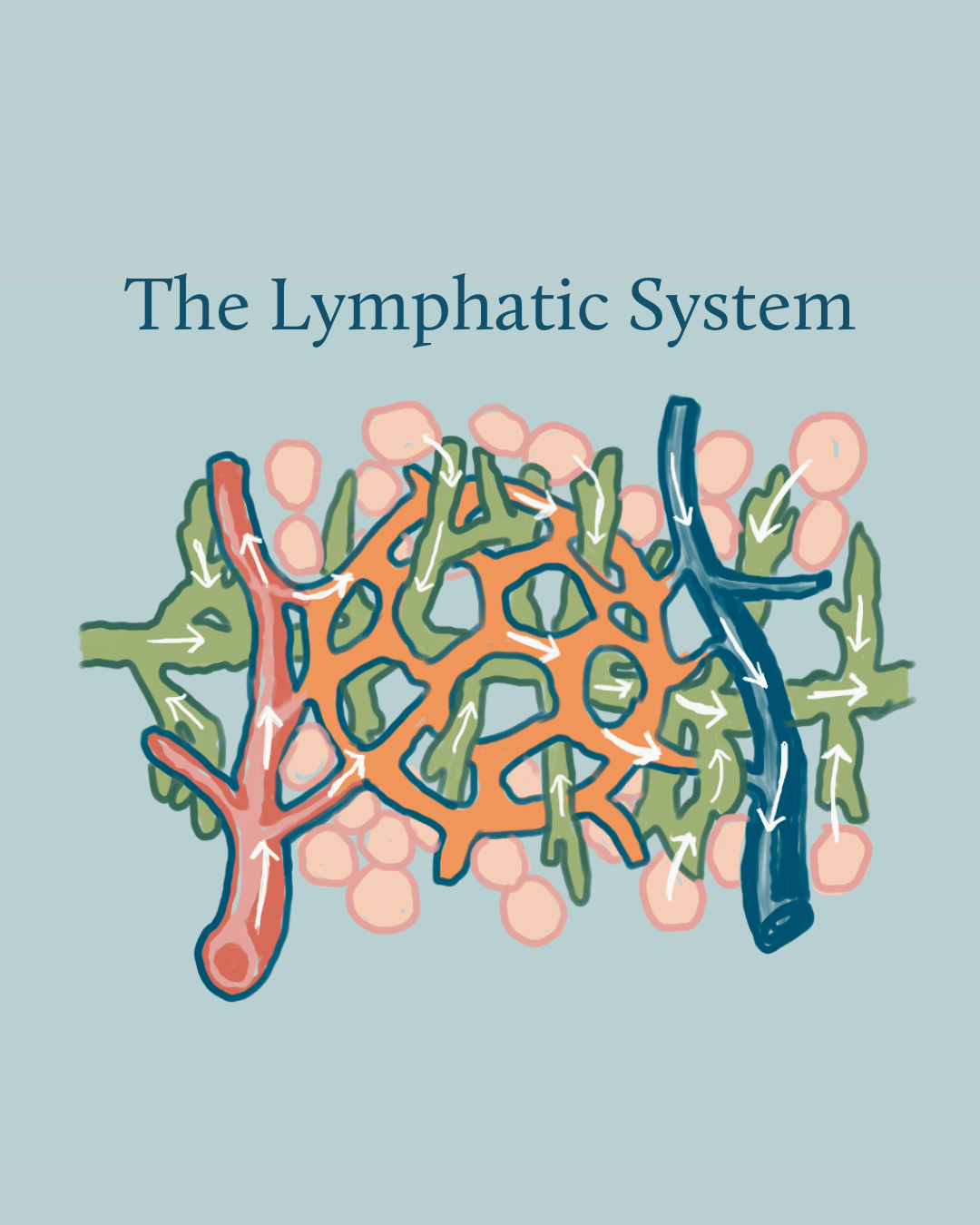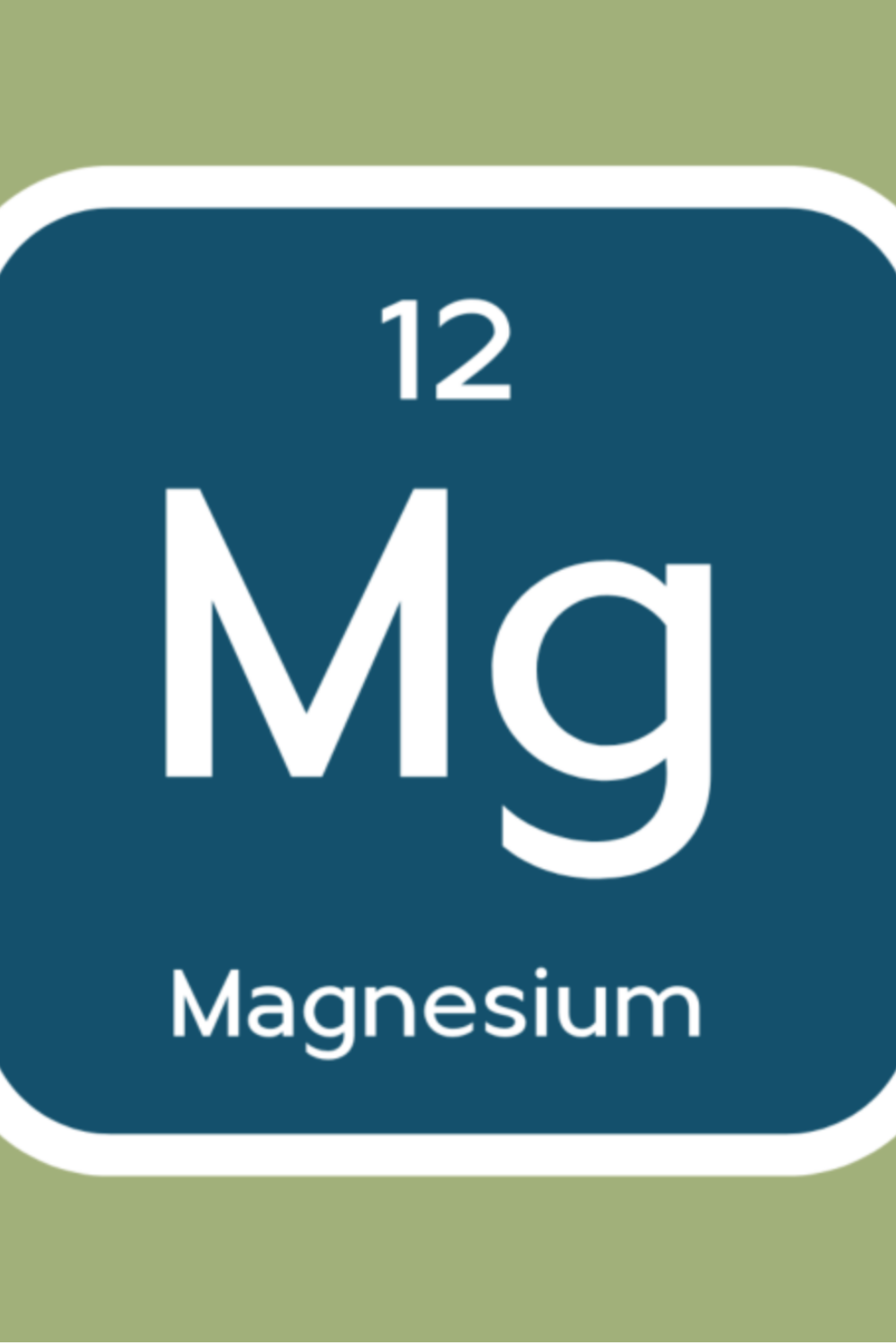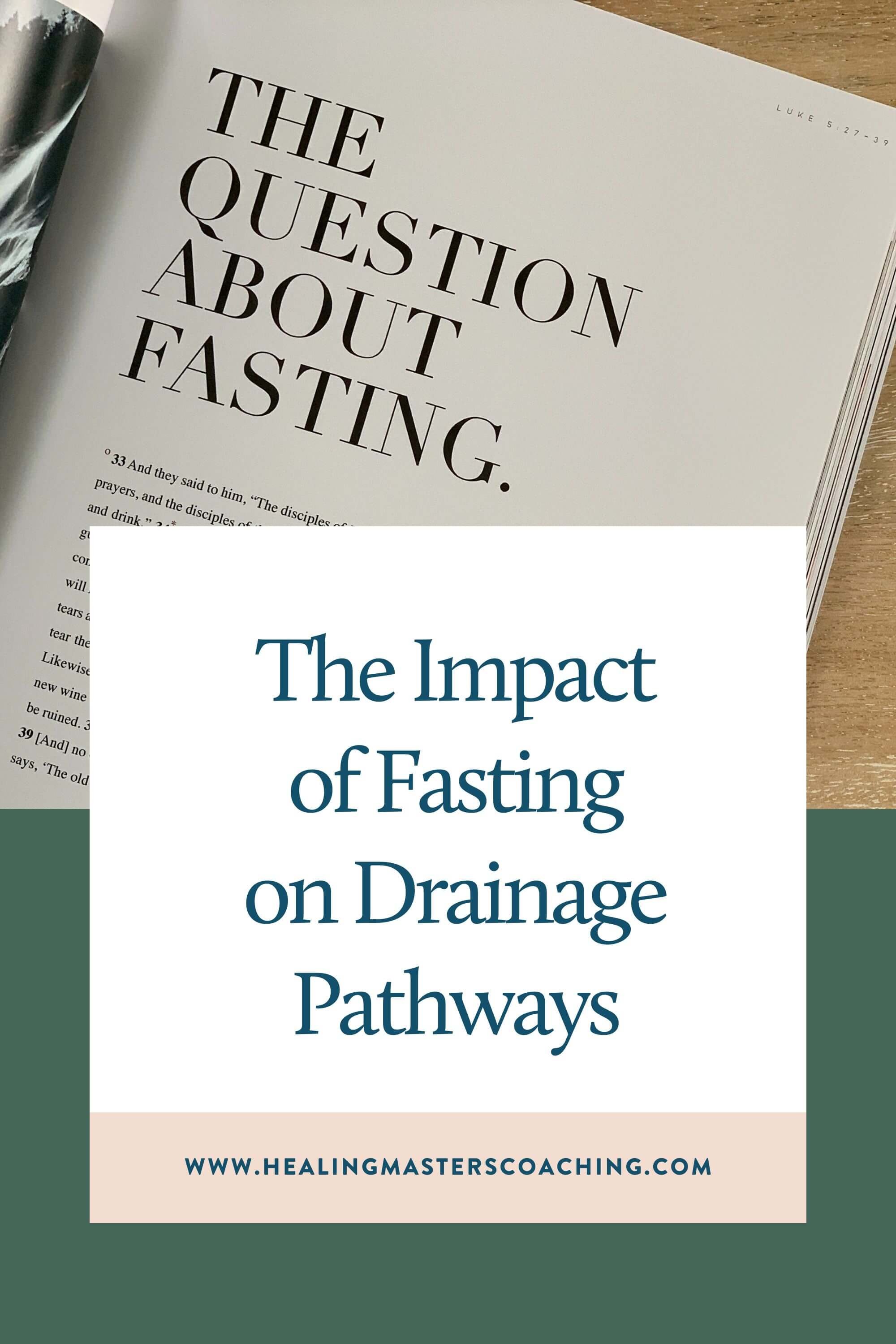Why It's Challenging To Get A Lyme Disease Diagnosis
There are a few reasons as to why it can be difficult to get an official Lyme disease diagnosis. Lyme disease has a wide array of symptoms, and they usually present in different stages depending on bio-individuality as well as how long it has been since the tick bite occurred. This makes testing for and diagnosing the disease more complicated, especially because Borrelia, the bacteria that causes Lyme disease, rarely is alone without at least one or two co-infections.
Lyme Disease Progresses Through Three Main Stages
There are three main stages in the disease’s progression, and these stages can often overlap and look different for everyone. In some cases people may not even experience symptoms at all in the beginning, making Lyme disease tricky to discover and properly treat.
In today’s blog, we'll be discussing the difference between acute Lyme disease, early disseminated Lyme, and late stage disseminated Lyme disease, better known as “Chronic Lyme” as well as some of the issues encountered with testing for Lyme.
Stage 1: Acute Lyme Disease
Acute Lyme disease is the early stage of the disease and typically occurs within days or weeks of a tick bite. The symptoms of acute Lyme are similar to those of the flu and may include fever, fatigue, muscle aches, headaches, and swollen lymph nodes. A tell-tale sign of acute Lyme disease is the appearance of a bullseye rash, which occurs in about 70-80% of cases. This rash is generally warm to the touch, but often not itchy or painful. It is common to test negative on the conventional testing during this phase, because the body has not yet developed an antibody and the test only looks at one strain of Borrelia and no co-infections.
In conventional medicine, acute Lyme disease is treated with a round of antibiotics, however for 10-20% of the patients diagnosed and treated, antibiotics are not enough. This is because Borrelia is a spiral-shaped bacteria, known as a spirochete, and because of this unique property it is able to change shapes inside our body. This allows it to adapt and survive for a long time without our immune system fighting it off. This is why we recommed herbs to fight Lyme. Herbs act as immunomodulators, biofilm busters, antibacterial/fungal, adaptogenic, and antioxidants. Not only are herbs more effective, but they are safer for long term use and they can enhance your body’s overall immune response to fight off acute and lingering infections.
If left untreated, acute Lyme disease can progress to the later stages, known as early disseminated Lyme disease and late disseminated Lyme disease.
Stage 2: Early Disseminated Lyme Disease
Early disseminated Lyme disease occurs when Borrelia spreads throughout the body and moves deeper into your tissues, including your brain and heart. This can lead to a wide range of symptoms, including body rashes, joint pain, neck pain and stiffness, neurological symptoms such as memory loss and difficulty concentrating, brain fog, muscle weakness, exercise intolerance, facial paralysis (Bell’s Palsy), neuropathy, heart palpitations, and fatigue. You may also have gastrointestinal issues like food intolerances, vomiting, nausea, constipation, diarrhea, and heartburn/indigestion.
Conventional Lyme testing that is only looking for an acute Borrelia infection will not detect a stage 2 infection, leading to a false-negative diagnosis. This is where you start to collect multiple misdiagnosed conditions as your Lyme disease is missed. It is also common for people who are exposed to mold mycotoxins to develop worsening Lyme disease symptoms, since mold causes immunosuppression that allows the bacterial infection to progress unchecked.
Stage 3: Late Disseminated Lyme Disease
Late disseminated Lyme, better known as “Chronic Lyme” is the third stage, and can include all of the symptoms of the previous stages, with the main symptom being joint pain and arthritis in larger joints. It can also be a root cause for Mast Cell Activation Syndrome, an immunological condition in which the body has repeated allergic responses.
The onset of stage 3 symptoms usually begins between 2-12 months after a tick bite, but sometimes may not develop for years, as your body gets more worn down and depleted from fighting a chronic infection. Other times your toxicity or radiation exposure becomes excessive and opens the door for you to get sicker. At this point, the bacteria has spread throughout the tissues of the body causing serious damage.
One of the most significant differences between acute and late stage disseminated Lyme disease is the severity of symptoms and the number of bodily systems affected. While the symptoms of acute Lyme are usually mild, the symptoms of disseminated Lyme can be severe and debilitating. They can also come and go and migrate around the body, making it confusing to a practitioner who is not trained to spot the signs of chronic Lyme. The most obviously sick patients usually have a leaky blood brain barrier that creates toxic and infectious inflammation in their brain. Their brains and bodies feel like they are on fire.
The Challenge in Getting a Lyme Disease Diagnosis
It can be incredibly challenging and frustrating to receive a Lyme disease diagnosis, as Lyme is often referred to as “the great imitator” because its symptoms can mimic other conditions such as multiple sclerosis, fibromyalgia, rheumatoid arthritis, and even Alzheimer’s. Oftentimes, we’re meeting clients who have been misdiagnosed with the above conditions without ever even being tested for Lyme.
Unfortunately, even if testing has occurred, the CDC testing for Lyme disease, particularly late stage Lyme is inaccurate and outdated. There was a study completed in 2020 in which the CDC’s standard blood testing for Lyme failed to diagnose 70% of patients who had presented with a bullseye rash greater than 5 cm. “This is significant, because patients with symptoms of Lyme Disease are often denied proper diagnosis and treatment based on the CDC’s two-tier testing protocol.”
It's important to note that not all people with Lyme disease will experience the bullseye rash, and some may not even have symptoms until months or even years after the initial tick bite.
“Patients who do not exhibit a rash likely face the greatest challenges in being diagnosed” because many healthcare providers specifically look for this as a sign to even test and diagnose patients.
A Better Approach to Diagnosing and Treating Lyme Disease
At Healing Masters, we use the Vibrant Wellness Tickborne Panels for a more thorough and reliable assessment of Lyme and co-infections. These panels use both antibody (indirect) and DNA (direct) analysis to detect infection at both acute and late stages — offering industry-leading sensitivity and specificity. Every test is paired with a 1:1 Lab Consultation to help you understand your results and plan next steps with confidence. Learn more about our approach to illness testing on our Lab Testing page.
Closing Thoughts
If you suspect that you or someone you know may have Lyme disease, it's essential to seek help as soon as possible. Early diagnosis and treatment can prevent the disease from progressing to its later stages, and can help to manage symptoms and promote healing.
We believe that knowledge is power, and we are committed to empowering our clients to achieve optimal health and wellness. Reach out to us today if you are interested in learning more about our testing and our approach to naturally healing yourself from Lyme and co-infections. You don’t have to go through this alone!
Overcome Your Chronic Symptoms & Heal Holistically
Are you looking to get to the root cause of your symptoms? We can help you.
We use holistic approaches and functional medicine lab testing to investigate what is triggering your chronic symptoms so you can address them at their source and start to feel better faster. Our health coaches are masters at guiding the healing of multiple root causes in a personalized order that gets you wellness results that last. We also help you maintain good health and minimize your disease risks.
by sarah southerton
Certified Integrative Health Practitioner (IHP2) & Functional Medicine Health Coach
I specialize in helping people heal chronic illnesses and achieve optimal health. After my own battle with Ehlers Danlos Syndrome (EDS), Lyme disease, Mast Cell Activation Syndrome (MCAS) and Post Orthostatic Tachycardia Syndrome (POTS), I was thrust into the world of alternative medicine, herbal healing, and low-tox/low-stress living. I have since restored my health and no longer suffer with debilitating symptoms and I’m passionate about help other people who are suffering, so they can feel better a lot faster than I did.
Disclaimer: The information on this website is for general information purposes only. Nothing on this site should be taken as healthcare advice for any individual case or situation. This information is not intended to create, and receipt or viewing does not constitute, an healthcare professional-patient relationship. We do our best to keep information accurate and up to date, however mistakes do happen, and we cannot make guarantees regarding the accuracy of our information. We are not liable for any information on this website or your reliance upon it.
































